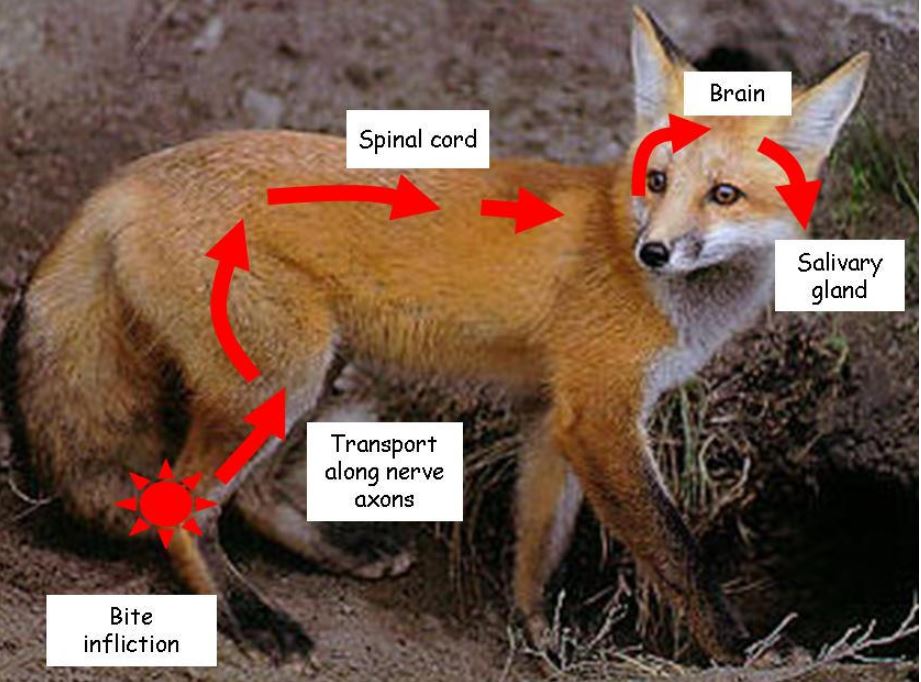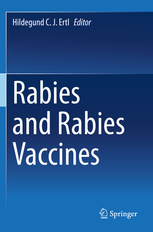What does lorem ipsum look like?
Nunc interdum lacus sit amet orci. Cras non dolor. Etiam sit amet orci eget eros faucibus tincidunt. Suspendisse potenti. Vestibulum rutrum, mi nec elementum vehicula, eros quam gravida nisl, id fringilla neque ante vel mi.
Pellentesque habitant morbi tristique senectus et netus et malesuada fames ac turpis egestas. In ut quam vitae odio lacinia tincidunt. Etiam iaculis nunc ac metus. Maecenas malesuada. Vivamus euismod mauris.



